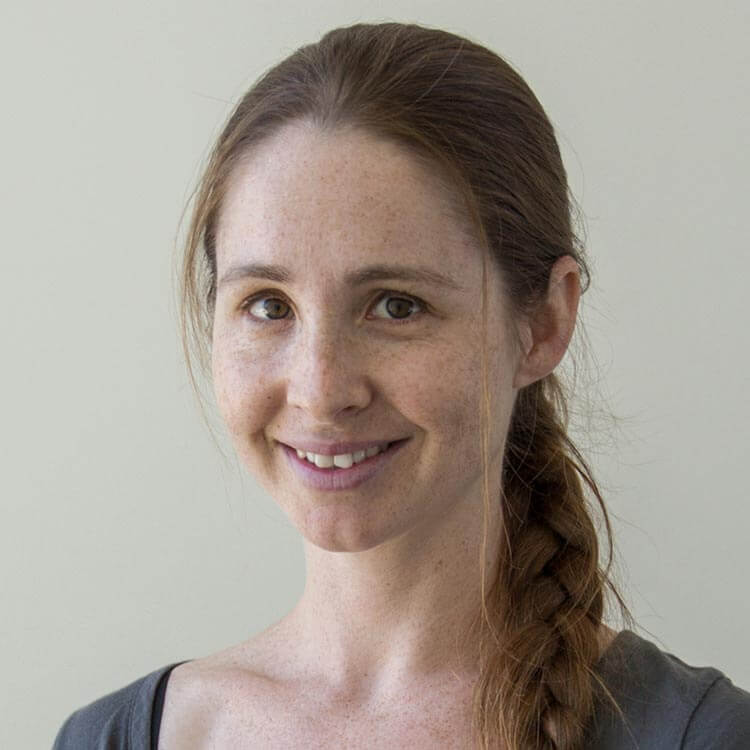Search
Research
Immune mechanisms by which topically applied vitamin D acts as a therapeutic agentVitamin D, nutrition, diet, therapeutic agent
Research
Randomised controlled trial analysing supplementation with 250 versus 500 units of vitamin D3,The rate of non-compliance with vitamin D supplementation is as high as 45%. This is why randomised controlled trials are needed to analyse the response...
Research
Maternal diet during breastfeeding: Could it influence food allergy risk in children?Human milk is rich in immuno-modulatory factors that have the potential to shape immune development and influence allergy risk in children. In this article, we describe how breast milk may contribute to making the infant less prone to developing allergies.


News & Events
New research into Vitamin D and Sunlight has created Project D-LightProject D-Light aims to understand and harness the benefits of vitamin D and sunlight for Australian children while protecting them from excess UV.
News & Events
Vitamin D levels linked to depression in young menResearch from Perth's The Kids for Child Health Research shows that symptoms of depression in young men may be associated with low vitamin D levels.
Research
Analytical bias in the measurement of plasma 25-hydroxyvitamin D concentrations in infantsTo our knowledge, this is the first study to show that the reported 25(OH)D concentration may be influenced by both age and assay type
Research
Low-dose UV radiation before running wheel access activates brown adipose tissueWhen combined with physical activity, low-dose UVR may more effectively limit adiposity and modulate metabolic and immune pathways in iBAT
Research
World Allergy Organization-McMaster University Guidelines for Allergic Disease Prevention (GLAD-P): Vitamin DVitamin D is involved in the regulation of the immune system and it may play a role in the development, severity and course of asthma and other allergic...
Research
Tracking of Vitamin D status from childhood to early adulthood and its association with peak bone massThere are moderate associations between vitamin D status measured in prepuberty, adolescence, and early adulthood
